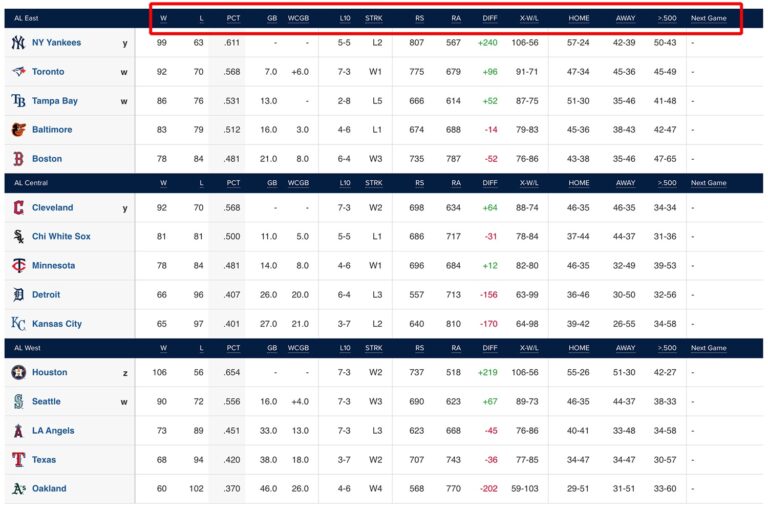
Football Match Analysis and Predictions: A Deep Dive into the Art and Science
Football, or soccer, captivates billions globally. Beyond the thrill of the game lies a complex world of analysis and prediction, a fascinating blend of art and science striving to decipher the unpredictable nature of the beautiful game. This article delves into the multifaceted aspects of football match analysis and prediction, exploring the various techniques, data sources, and challenges involved in forecasting match outcomes.
The Foundation: Data Acquisition and Cleaning
The bedrock of any successful prediction model is high-quality data. A wealth of information is available, ranging from readily accessible statistics to more sophisticated metrics derived from advanced tracking technologies. These data sources can be broadly categorized as:
-
Traditional Statistics: This includes readily available data such as goals scored, shots on target, possession percentage, passing accuracy, tackles won, and corners. Sites like Soccerway, Transfermarkt, and ESPN provide comprehensive historical data for teams and players. While seemingly simple, these statistics form the cornerstone of many analytical approaches. They provide a historical context and reveal trends in team performance.
-
Advanced Metrics: The advent of advanced tracking technologies, such as optical tracking systems and wearable sensors, has revolutionized football analytics. These systems capture detailed information on player movement, speed, acceleration, passing angles, and defensive actions. Metrics like expected goals (xG), expected assists (xA), pass completion percentage under pressure, and pressure intensity provide a much richer understanding of a team’s performance beyond simple goal tallies. These metrics offer a more nuanced view of a game, accounting for the quality of chances created and the defensive pressure exerted.
-
Contextual Data: Factors beyond pure on-field performance play a significant role. These include home advantage, team form, injuries, suspensions, managerial changes, and even weather conditions. Incorporating this contextual information significantly enhances the predictive power of models. Understanding a team’s recent performance, their head-to-head record against opponents, and the impact of key players’ absences is crucial.
Data cleaning is equally vital. Inconsistencies, missing values, and errors in data entry can significantly skew analytical results. This involves rigorous checks for anomalies, imputation of missing data using appropriate statistical techniques, and ensuring data consistency across different sources.
Analytical Techniques: From Simple Models to Complex Algorithms
Once the data is collected and cleaned, various analytical techniques can be employed to generate predictions. These range from simple statistical models to sophisticated machine learning algorithms:
-
Simple Statistical Models: These models utilize basic statistical methods, such as linear regression or logistic regression, to predict match outcomes based on historical data. They are relatively straightforward to implement but may not capture the complex interactions and non-linear relationships present in football.
-
Poisson Regression: This statistical model is commonly used to predict the number of goals scored by each team in a match. It considers the average goals scored and conceded by each team, as well as other relevant factors. The Poisson distribution is particularly suitable for modeling count data, such as goals.
-
Machine Learning Algorithms: More advanced techniques, such as support vector machines (SVM), random forests, and neural networks, are increasingly being utilized. These algorithms can handle large datasets, identify complex patterns, and learn from historical data to make accurate predictions. They can incorporate a wider range of variables and account for non-linear relationships between variables.
-
Bayesian Networks: These probabilistic models explicitly represent the uncertainties and dependencies between different factors influencing match outcomes. They allow for the incorporation of prior knowledge and the updating of predictions based on new information.
Challenges and Limitations of Football Predictions
Despite the advancements in data analytics and prediction techniques, accurately forecasting football matches remains a significant challenge. Several factors contribute to the inherent uncertainty:
-
Randomness and Variance: Football is inherently unpredictable. Individual player brilliance, unexpected injuries, referee decisions, and sheer luck all play a significant role. These random events are difficult to model and account for in any predictive model.
-
Limited Data Availability: While the quantity of data is increasing, the availability of comprehensive, high-quality data, especially for lower-tier leagues or international matches, can be limited. This can constrain the accuracy of predictive models.
-
Dynamic Nature of the Game: Team formations, player roles, and tactical approaches can change significantly from match to match. Predictive models need to adapt to these dynamic changes, which can be difficult to incorporate effectively.
-
Overfitting: Complex machine learning models can sometimes overfit the training data, meaning they perform well on past data but poorly on new, unseen data. Careful model selection and validation techniques are essential to mitigate this risk.
The Human Element: Expertise and Interpretation
While analytical techniques provide valuable insights, the human element remains crucial. Experienced analysts and scouts can interpret the data, identify patterns, and consider contextual factors that may not be easily captured by algorithms. Their expertise in understanding team dynamics, player capabilities, and tactical strategies complements the quantitative analysis. The best predictions often arise from a synergistic combination of data-driven insights and human expertise.
Conclusion: A Continuous Evolution
Football match analysis and prediction is a dynamic field constantly evolving with advancements in data collection, analytical techniques, and computational power. While perfect prediction remains elusive due to the inherent randomness and complexity of the game, the integration of advanced analytics with human expertise offers increasingly sophisticated and valuable insights. The future of football prediction lies in refining existing techniques, exploring new data sources, and developing more robust models capable of capturing the nuanced complexities of this captivating sport. As technology continues to advance, we can expect even more accurate and insightful predictions, further enriching the experience for fans, coaches, and analysts alike.



